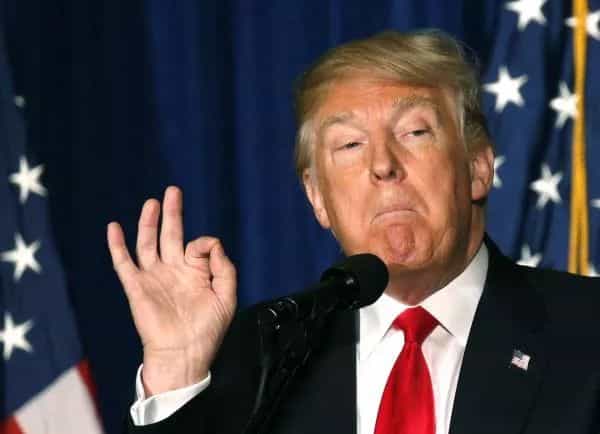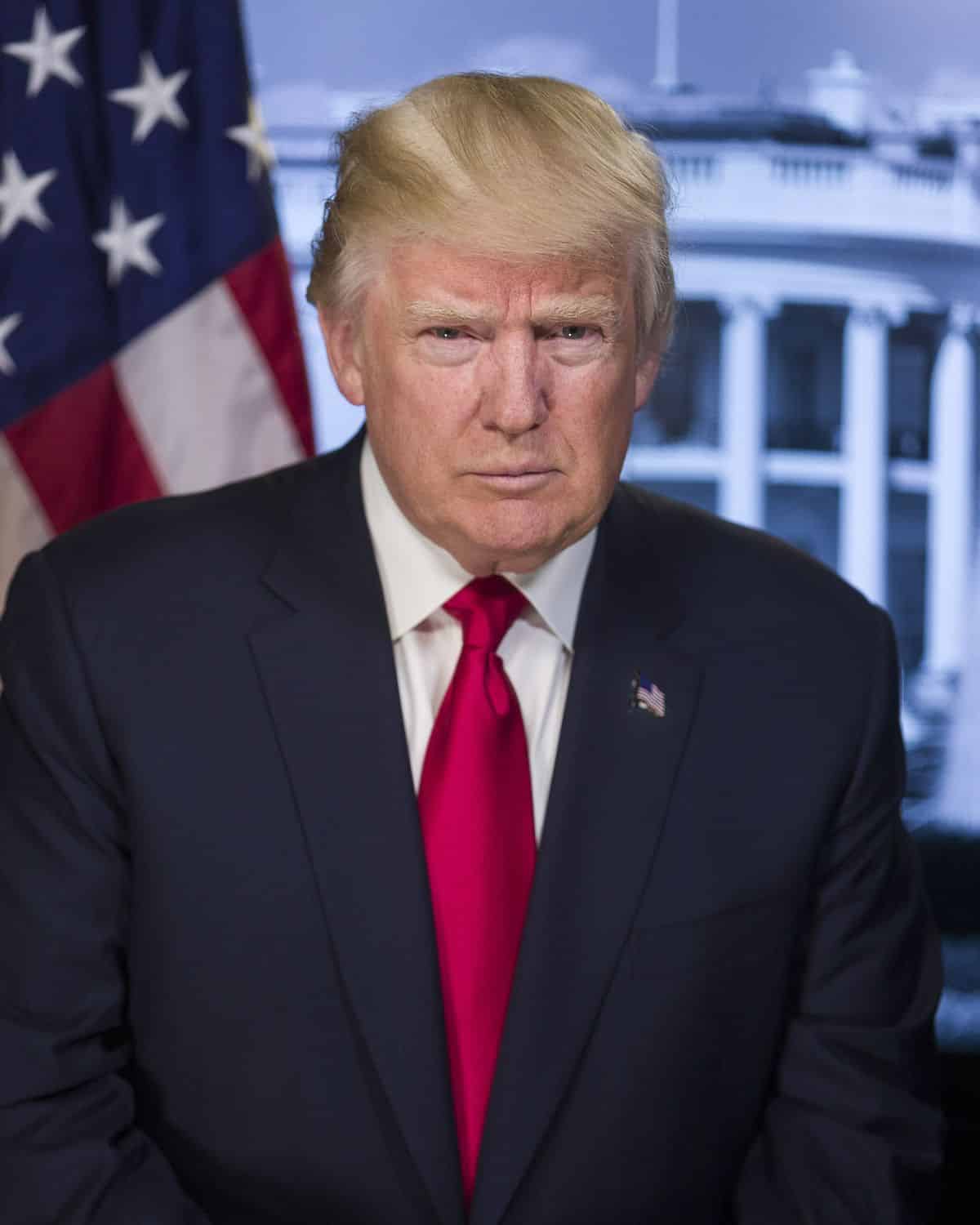Trump’s Health: The Ongoing Narrative and Public Concerns
In recent weeks, Donald Trump’s health has taken center stage in political discourse following the announcement that he was diagnosed with chronic venous insufficiency earlier this summer. This condition, which affects blood circulation in the legs and can lead to discomfort and swelling, has raised questions about the 79-year-old President’s ability to fulfill his duties effectively. As Trump continues to maintain his daily schedule, the intersection of his health and presidential responsibilities has become a topic of significant public interest and scrutiny. The implications of his diagnosis not only impact his physical well-being but also resonate deeply within the political landscape, affecting public perception, administration transparency, and overall governance.

The Diagnosis and Its Implications
Chronic venous insufficiency (CVI) is a medical condition characterized by the inability of the veins to adequately return blood from the legs to the heart. It is relatively common among older adults, yet its implications can vary greatly depending on the severity of the condition. Symptoms can include swelling, pain, and in some cases, skin changes. The diagnosis was delivered to Trump in July and came alongside a public letter from his physician, Dr. Sean Barbabella, clarifying the nature of the condition. According to Dr. Barbabella, the President does experience some lower leg edema, but tests ruled out more serious concerns such as artery disease and deep vein thrombosis. However, the mention of this diagnosis has reignited discussions about the health of older leaders and the responsibilities that come with such high-stakes roles.

Public Reactions and Political Ramifications
In the wake of the diagnosis, reactions from the public and political pundits have been mixed. While some supporters argue that Trump’s numerous public engagements and long speeches demonstrate his physical capability, critics contend that the administration has not been transparent enough regarding presidential health, especially for a leader nearing 80 years of age. During a recent White House briefing, Press Secretary Karoline Leavitt faced numerous questions about Trump’s health, emphasizing that he continues to work diligently and engage publicly. She stated, “You see the President every day. He’s working and moving. No changes have been made to his way of life.” This statement, while reassuring to some, has not alleviated all concerns, especially given the ongoing speculation regarding Trump’s physical fitness for office. Moreover, the political ramifications of Trump’s health have been profound. As he prepares for the 2024 election, the scrutiny surrounding his health is likely to influence both his campaign strategies and voter perceptions. Political opponents may leverage his health concerns to question his capability to lead, while supporters may attempt to downplay these issues by showcasing his active schedule. The dynamic creates a delicate balance, where Trump’s health becomes a focal point of both his public image and political strategy.

Health Updates and Official Communication
Following the public announcement of his health concerns, Trump was pictured in Scotland with what appeared to be a bruise on his hand. In response to questions about this, Leavitt suggested that the bruising could be attributed to the effects of blood-thinning medications, which Trump reportedly takes as part of a cardiovascular regimen. The White House has emphasized Trump’s active lifestyle, yet the lack of direct communication from his physician has fueled further inquiries. Critics argue that in a political landscape where health transparency is paramount, the public deserves more frequent and comprehensive updates pertaining to the President’s well-being. This lack of clarity further complicates the narrative surrounding Trump’s health. With high-profile figures such as former President Jimmy Carter having made significant strides in health transparency during his administration, there is an increasing expectation for contemporary leaders to uphold similar standards. The absence of detailed medical disclosures not only invites skepticism but also raises questions about the integrity of the administration’s communications strategy. Transparency could serve as a powerful tool to quell rumors and foster public trust, particularly in a time when misinformation can spread rapidly through digital channels.

Managing Chronic Venous Insufficiency
Managing chronic venous insufficiency typically involves a combination of lifestyle changes, medical interventions, and ongoing monitoring. Treatment options may include compression therapy to enhance blood flow, increased physical activity, and, if necessary, medication. Whether Trump is currently employing any of these management strategies has not been explicitly confirmed by the White House. The ongoing discussions surrounding his health highlight the delicate balance between a public figure’s private health issues and the demands of their role as a leader. As Trump prepares for future events, including a significant summit with Russian President Vladimir Putin, all eyes will be on him, with close scrutiny of any signs of physical strain. For individuals diagnosed with CVI, effective management is crucial for maintaining quality of life, and the same principles apply to leaders in high-pressure roles. With the weight of global responsibilities on his shoulders, Trump’s health management plan—if disclosed—could serve as an example to others in similar positions. Monitoring symptoms, adhering to treatment regimens, and making necessary lifestyle adjustments are not just personal concerns; they are integral to fulfilling the obligations that come with political leadership.

The Road Ahead: Expectations and Speculations
As the political landscape continues to shift, Trump’s health remains a pivotal topic of discussion. The President’s next major public appearance is set for the summit with Putin in Alaska, an event poised to attract considerable media attention. With public perception already divided regarding his health, any visible signs of fatigue or discomfort during this high-profile meeting could further intensify scrutiny and speculation. Although the White House insists that there is no cause for alarm, the absence of detailed medical disclosures means that rumors and concerns over Trump’s health are unlikely to dissipate any time soon. The upcoming summit represents not only a significant diplomatic engagement but also a critical moment for Trump to demonstrate his physical and mental acuity. Given the high stakes involved in international relations, the President’s ability to perform effectively could shape not only his legacy but also the future of U.S.-Russia relations. As such, the interplay between his health and his performance in such settings will remain under the microscope, influencing both political discourse and public opinion.

In conclusion, Trump’s ongoing health issues, particularly his recent diagnosis of chronic venous insufficiency, serve as a reminder of the complex relationship between politics and personal health. The implications of his condition on his duties as President will continue to be a subject of public interest and concern. As we move forward, it is essential for the administration to navigate these challenges with transparency and clarity, ensuring that the American public is informed about the health of their leader, especially as he approaches such a significant milestone in age. Ultimately, the manner in which Trump and his administration address these issues could not only impact his presidency but also set a precedent for future leaders regarding the importance of health accountability in the political arena.

















